The Museum of Pilgrimage and Santiago is a treasure located in the city of Santiago de Compostela. Here, history, spirituality, and devotion converge.
What secrets and stories are hidden behind this impressive structure? Why has it been visited by millions of pilgrims over the centuries? The museum offers us the opportunity to learn about the rich history of pilgrimages to Santiago, from their origins in the Middle Ages to the present day.
Let’s explore together a legacy that crosses borders and unites people from all over the world in a unique spiritual, religious, and cultural quest.
The Museum of Pilgrimage and Santiago houses a diverse and fascinating collection. Each section showcases a different aspect of the pilgrimage experience, providing a complete and enriching view of this cultural phenomenon.
Among the museum’s most valuable historical relics are the remains of Saint Fermin, the patron saint of Pamplona, and the bones of Saint John the Baptist, believed to have been brought to Santiago de Compostela by pilgrims.
The museum also exhibits fragments of the Cross of the Angels, a relic revered for its supposed connection to the coronation of the kings of Spain.
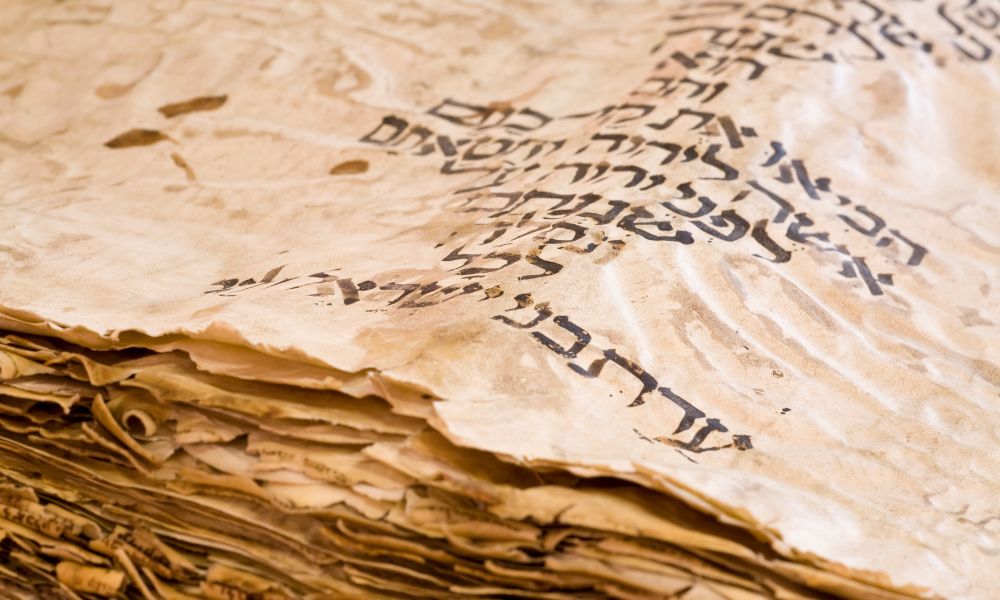
The manuscripts and ancient books occupy a central place in the museum’s collection. The various texts reveal the cultural and spiritual complexity of the Camino de Santiago. Some manuscripts contain accounts of miracles attributed to the Apostle James, while others offer practical advice for travelers venturing along the route.
Among the most important are the following:
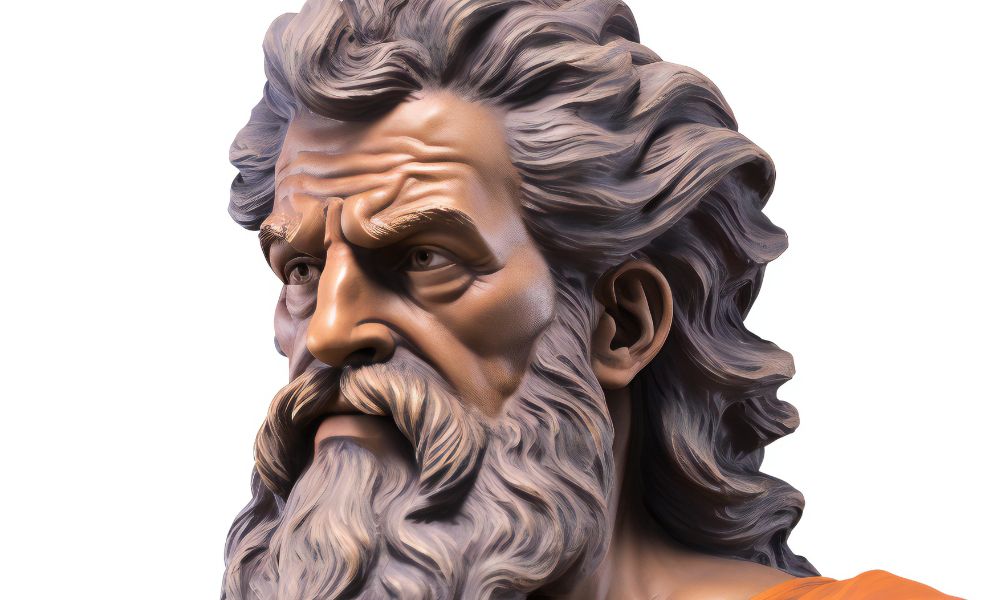
The sacred art section of the museum is one of the most impressive. Among the displayed works are sculptures of Saint John the Baptist and the Virgin of the Assumption, as well as paintings from the 15th and 16th centuries depicting scenes from the Camino de Santiago.
Sacred art inspired by the Camino de Santiago represents an expression of Christian faith and Marian devotion. These works stand out for their high aesthetic value and are testimonies to the impact of pilgrimage on the creativity and spirituality of artists through the ages.
The museum’s section on liturgical vestments and objects is one of the most interesting. Each piece has significance and a story behind it that reflects the spirituality and devotion of the visitors who walked the Camino de Santiago over the centuries.
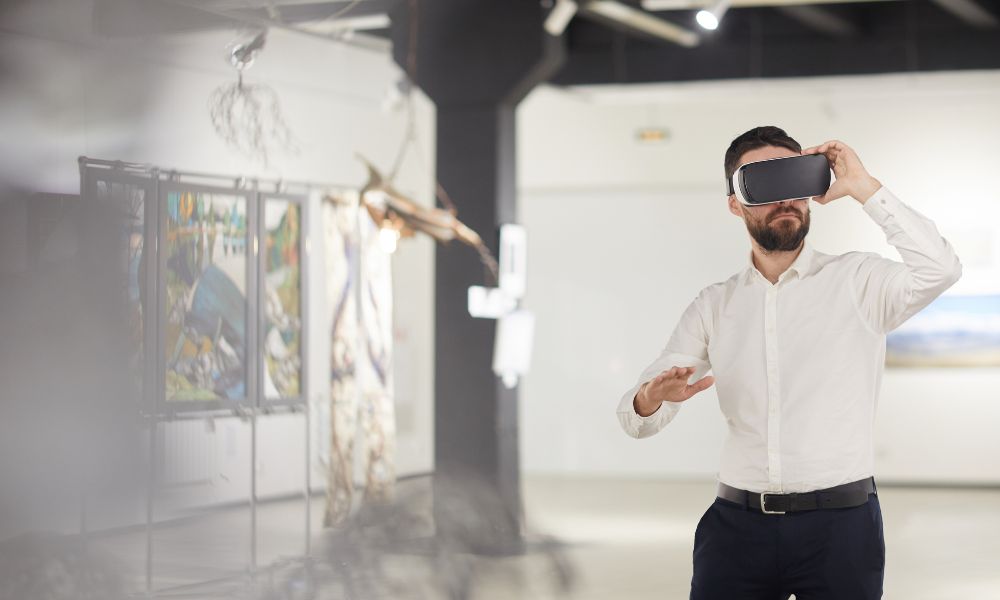
The museum has integrated advanced technology to enrich the experience of pilgrims and tourists. It combines historical elements with modern resources that capture the essence and meaning of the pilgrimages.
Interactive exhibits allow visitors to handle replicas of historical objects, such as crosses and chalices, to better understand their context and use during medieval pilgrimages.
In addition to virtual reality, the museum presents a series of documentaries and audiovisuals that complement the educational experience of visitors. These productions offer an in-depth look at the history. Thanks to this, it is possible to explore the origins of the Apostle James’ cult and the modern revitalization of the pilgrimage in the 21st century.
These audiovisual resources enrich the visitors’ knowledge, emotionally transporting them through centuries of tradition and devotion associated with the Caminos to Santiago and the Via Francigena or other pilgrimage routes.
The Museum of Pilgrimage in Santiago de Compostela stands out for its ability to effectively integrate history and technology. It provides an educational and emotionally resonant experience for all those interested in exploring the spiritual and cultural legacy of the ancient routes.
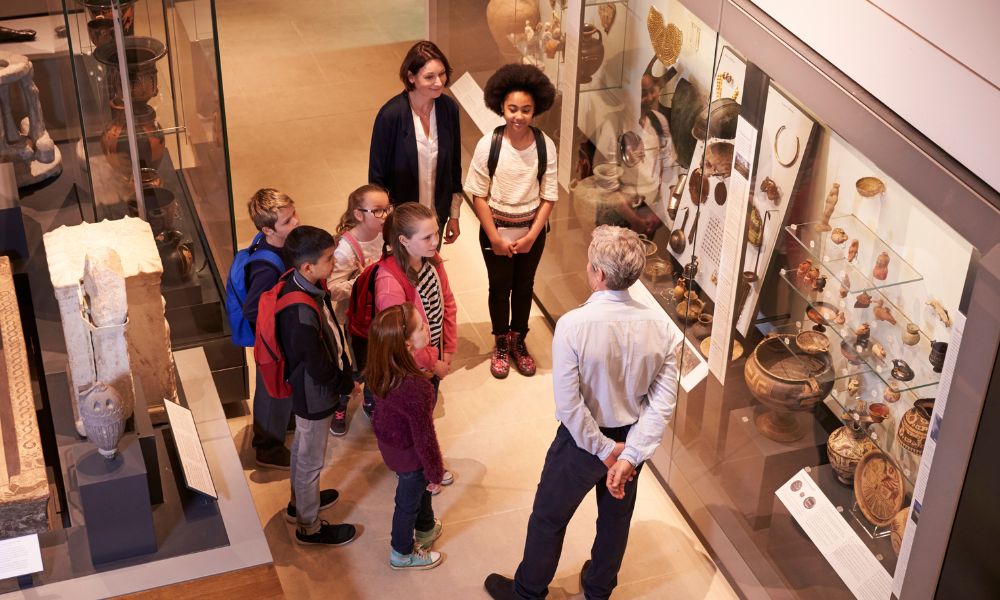
The museum offers a variety of programs designed to educate, inspire, and entertain visitors of all ages. You can participate in interactive workshops or specialized talks, each activity designed to deepen your understanding of the history and spiritual significance of the site.
The workshops at the Museum of Pilgrimage provide a unique opportunity for visitors to engage directly with topics related to the Caminos to Santiago, such as Santo Toribio de Liébana and many more.
These workshops include practical activities and informational sessions, all guided by experts in religious and cultural history. Among the most notable workshops are:
To participate in these workshops, visitors usually need to register in advance due to the demand and practical nature of the activities.
The museum’s talks and conferences offer a space for reflection and debate on various aspects of the Caminos to Santiago. Held regularly, these presentations are given by academics, writers, and experts in religious and cultural history. Key topics include:
Topics vary according to the schedule and may cover historical or architectural aspects, as well as contemporary debates about the meaning of pilgrimage in modern society.
The museum is committed to engaging young people in the history and culture of the Caminos to Santiago in an accessible and playful way. The children’s activities are designed to educate them about the religious and cultural traditions of the site in a way that is both relevant and entertaining for the little ones.
All planned activities aim to educate children about the religious tradition of the site, as well as to foster a lasting interest in Europe’s heritage and legacy.
The Museum of Pilgrimage is usually open every day of the week, except Mondays. However, it is important to check updated schedules, as they may vary depending on the season.
During peak pilgrimage months in spring and summer, the museum tends to have extended hours to accommodate the increased number of visitors. In contrast, during off-peak seasons like winter, the hours may be reduced.
As for admission fees, these may also vary depending on the season and any special events happening at the museum. There are different rates for adults, students, and groups, with specific discounts for those presenting pilgrim credentials from the Camino de Santiago.
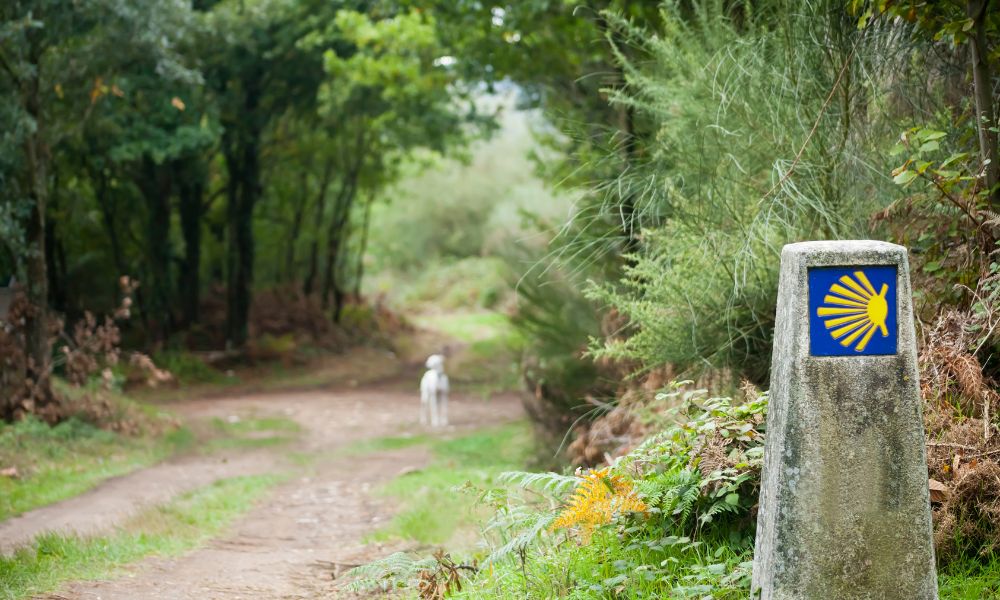
It is essential to properly prepare for the Camino de Santiago if you want to enjoy this spiritual and physical experience to its fullest potential.
First, make sure to research and plan in advance. This includes deciding which route to follow, the duration of the trip, and the type of accommodation you prefer. It is also advisable to familiarize yourself with the climate and geography of your chosen route to be prepared for any eventualities.
In terms of equipment, less is more. Packing light will greatly ease each stage of the journey. Prioritize the essentials: comfortable and appropriate hiking boots, breathable and durable clothing, an ergonomic backpack, and basic personal hygiene items. Don’t forget to bring a first aid kit and sunscreen, especially during the summer months.
Mentally, prepare yourself for the challenges that will arise on the journey. The Camino de Santiago can be physically demanding, so maintaining a positive attitude and being patient with yourself and other pilgrims is key. Take every opportunity to connect with nature and reflect either alone or with others, depending on your preference.
Finally, honor the tradition and culture of the Camino. Learn about its history and spiritual significance, show consideration for the sacred places, and appreciate the community of pilgrims you’ll encounter along the way. Be mindful of the environmental impact of your actions and try to leave a positive footprint wherever you visit.
By following these tips, you’ll be better prepared to face and enjoy every step of the Camino de Santiago. This experience will become an unforgettable journey of self-discovery and spiritual connection.
The Museum of Pilgrimage offers a complete experience with a variety of services designed to make your visit comfortable and prepare you for the Camino de Santiago:
Visiting the Museum of Pilgrimage will enrich your knowledge of this ancient tradition and also better prepare you for your own journey to Santiago de Compostela.
Stay Connected with WayHoly
Discover your perfect pilgrimage and be the first to know about new journeys. By subscribing to our newsletter, you’ll receive the latest updates on pilgrimages, exclusive offers, and spiritual resources to enrich your faith journey.
Don’t miss the opportunity to deepen your connection with God and lead others on their path to spiritual renewal. Join us today and become an instrument of His Will through WayHoly!
“To upload your pilgrimage, please choose one of our plans and create an account, or log in if you’re already a member. Join us in guiding others on their spiritual journey.”